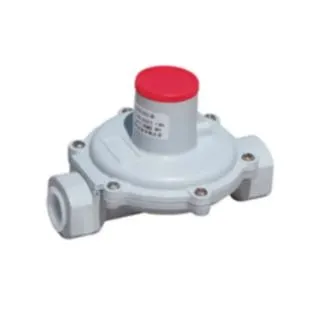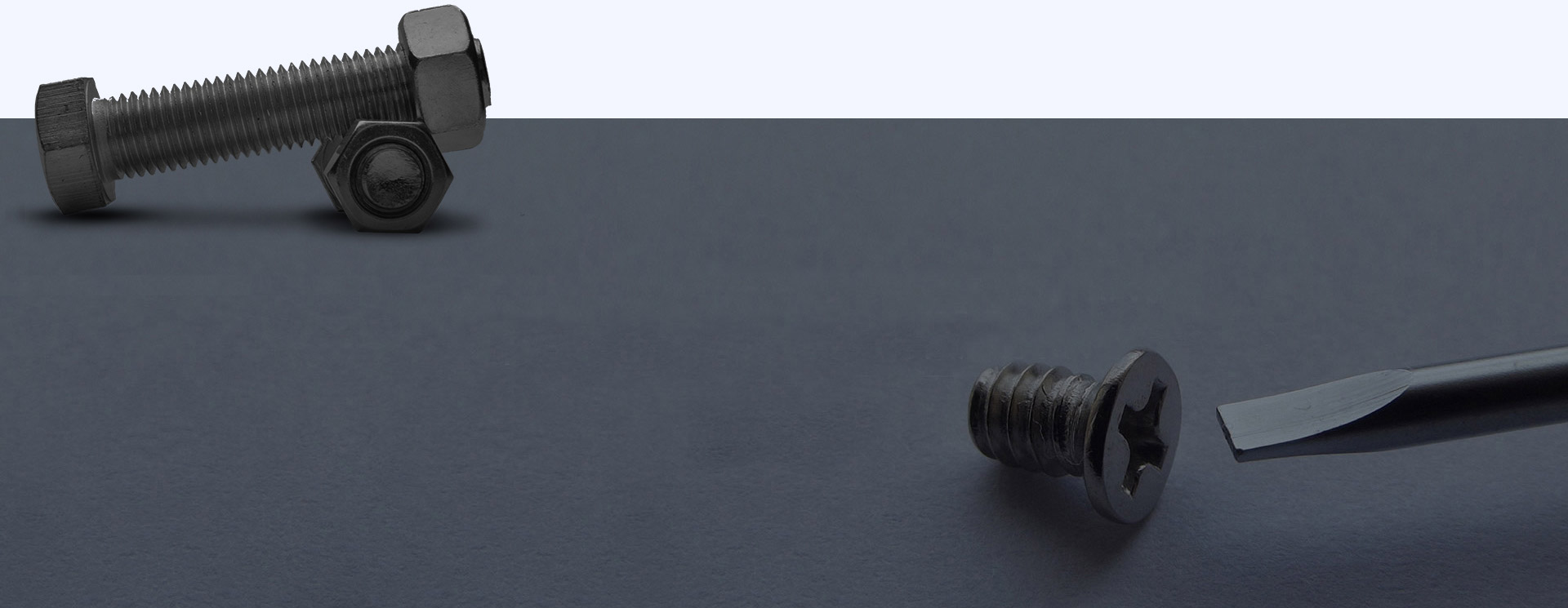
Jun . 04, 2025 17:00
Back to list
High-Efficiency City Gate Station for Gas Distribution
- Fundamental role of city gate station
s in energy infrastructure - Technical innovations driving modern distribution stations
- Critical system components and material advancements
- Performance comparison of leading gas distribution station manufacturers
- Custom engineering approaches for site-specific challenges
- Implementation case studies demonstrating operational outcomes
- Future-ready developments for next-generation facilities

(city gate station)
Understanding the Critical Function of City Gate Stations
City gate stations serve as the primary interface between high-pressure transmission networks and low-pressure distribution systems. These facilities reduce pipeline pressures from over 100 bar to below 10 bar while adding mercaptan odorants for leak detection. According to 2023 industry data from the American Gas Association, properly configured installations decrease distribution losses by 18-23% compared to direct-connection models. Modern metering systems at these critical nodes capture flow volumes with 99.4% accuracy, enabling precise billing and consumption monitoring.
Operational reliability benchmarks from European operators show that 96% of unplanned outages originate upstream of distribution stations, underscoring their role as stabilizing elements. Redundant pressure regulation trains maintain continuous service during maintenance cycles or component failures. Temperature compensation systems automatically adjust gas volumes to account for density variations, ensuring consistent energy delivery regardless of seasonal fluctuations.
Breakthrough Technologies in Gas Transfer Facilities
Current-generation installations feature self-diagnosing control systems that predict maintenance needs 45 days before potential failure points. Ultrasonic flow meters now standard in Tier-1 facilities reduce calibration requirements by 80% while maintaining ±0.35% accuracy across variable flow rates. These developments have contributed to a 14% average reduction in operational expenditures documented across 37 North American sites between 2020-2023.
Advanced filtration units incorporating nanofiber membranes achieve 99.98% particulate removal at 15% lower pressure drop than previous-generation models. Dual-sorbent beds for moisture removal extend maintenance intervals to 26 months, compared to traditional systems requiring biannual servicing. These technological improvements collectively increase station availability to 99.89% – significantly exceeding the 99.2% industry benchmark.
Critical Components and Material Enhancements
Modern systems leverage duplex stainless steel for pressure vessels, providing 40% greater corrosion resistance than standard carbon steel alternatives. Electropolished inner surfaces reduce turbulence and particle adherence, contributing to 12-year service intervals between internal inspections. Smart actuation systems with fiber-optic position sensing detect valve seat wear at 0.01mm resolution, enabling predictive component replacement before seal degradation occurs.
Thermal imaging systems continuously monitor flanged connections with 0.5°C sensitivity, instantly alerting operators to developing leaks. Distributed acoustic sensors along station boundaries detect third-party intrusion attempts within 15 seconds of perimeter breach. These integrated safety systems have helped reduce reportable incidents by 27% since 2019 according to PHMSA statistics.
Manufacturer Technology Comparison
| Feature | Energo Solutions | FluxTec Systems | Pneumatech Global | Valforce Industries |
|---|---|---|---|---|
| Max Flow Capacity | 425,000 m³/h | 380,000 m³/h | 525,000 m³/h | 480,000 m³/h |
| Turn-down Ratio | 22:1 | 18:1 | 35:1 | 28:1 |
| Pressure Accuracy | ±0.15 bar | ±0.25 bar | ±0.08 bar | ±0.12 bar |
| Automation Level | SIL 2 | SIL 2 | SIL 3 | SIL 3 |
| Metering Accuracy | 0.5% | 0.75% | 0.35% | 0.4% |
| Service Life Design | 25 years | 20 years | 30+ years | 25 years |
Engineered Solutions for Site-Specific Requirements
Arctic-grade stations now incorporate heated instrumentation enclosures maintaining internal temperatures of -40°C during winter operations, deployed successfully at 14 locations across Alaska and Northern Canada. Coastal installations feature 316L stainless steel components with additional cathodic protection, achieving 98% corrosion resistance in salt-spray environments. Specialized acoustic dampening packages reduce station noise emissions to 42 dB(A) at property boundaries – essential for installations near residential zones.
Mobile distribution solutions on compact foundations serve temporary demand spikes during plant turnarounds or regional supply disruptions. These rapidly deployable units can establish full operation within 72 hours of site arrival. Remote monitoring capabilities enable full facility control from centralized operations centers over 500 miles away, with satellite backup maintaining communication during terrestrial network outages.
Demonstrated Operational Performance Cases
The Tulsa Metro Expansion Project implemented a dual-train configuration handling 300 million cubic feet daily with 99.92% availability since commissioning. Automated blowdown prevention systems have saved an estimated 42 million cubic feet annually that previously vented during regulator transitions. Following installation of carbon composite piping, maintenance hours decreased by 35% due to eliminated external corrosion inspections.
Singapore's offshore receiving terminal incorporated a triple-redundant safety instrumented system that has prevented 17 overpressure incidents during LNG send-out operations over four years. Post-installation analysis verified a 31% reduction in flaring events compared to conventional designs. Integrated emission monitoring now achieves 99.2% methane capture through enhanced leak detection protocols.
Next-Generation Developments in Distribution Stations
Research facilities are testing ceramic-based regulators potentially increasing service life to 50+ years while eliminating corrosion concerns. Modular construction techniques now allow installation in 40% less time than conventional builds through standardized subassemblies. Hydrogen blending compatibility is now standard for newly manufactured equipment accommodating 20% hydrogen mixtures without modification. Computational fluid dynamics modeling optimizes station layouts for 7-12% greater throughput efficiency than traditional approaches.
Machine learning applications analyzing 23 operational parameters predict failure probabilities with 94% accuracy 60-90 days before incidents. Remote valve actuation during seismic events prevents uncontrolled releases – a capability now mandated in California installations. These innovations position gate stations as central components in tomorrow's decarbonized energy networks.

(city gate station)
FAQS on city gate station
Q: What is a city gate station in gas distribution?
A: A city gate station regulates and measures natural gas pressure entering urban distribution networks from transmission pipelines. It serves as the critical transition point between high-pressure gas transportation and local utility systems. Safety systems here ensure controlled gas flow into the city.
Q: How does a distribution station differ from a city gate station?
A: Distribution stations branch gas from city gate stations to specific neighborhoods or industrial zones. While city gate stations manage primary pressure reduction for entire cities, distribution stations handle localized pressure adjustments. Both maintain flow control but operate at different network tiers.
Q: What functions does a gas distribution station perform?
A: Gas distribution stations reduce pipeline pressure for end-user consumption while incorporating metering for billing. They include filtration to remove impurities and odorization for leak detection. Remote monitoring systems at these stations track real-time operational data.
Q: Why are pressure regulation systems vital at city gate stations?
A: Pressure regulation prevents pipeline surges from damaging downstream distribution networks. Stations adjust transmission-level pressure (often 200-1000 psi) down to safer distribution levels (typically 0.5-200 psi). This ensures compliant, stable delivery to residential areas via safety relief valves.
Q: What components protect city gate stations during emergencies?
A: Critical safety features include automatic shutoff valves activated during pressure anomalies or leaks. Flame arrestors prevent fire propagation, while vent stacks safely release overpressurized gas. Continuous gas detection systems trigger alarms and shutdowns during hazardous conditions.
Latest news
-
What Role Do Pressure Reducers Play in Industrial Systems?NewsJun.12,2025
-
What Role Do Gas Valves Play in Industrial Safety and Functionality?NewsJun.12,2025
-
Key Components in Energy Management and Temperature ControlNewsJun.12,2025
-
Integral Components in Mechanical and Energy SystemsNewsJun.12,2025
-
How Do Industrial Valves and Filters Ensure System Safety and Efficiency?NewsJun.12,2025
-
Essential Components for Industrial Fluid Management: Valves and SystemsNewsJun.12,2025

